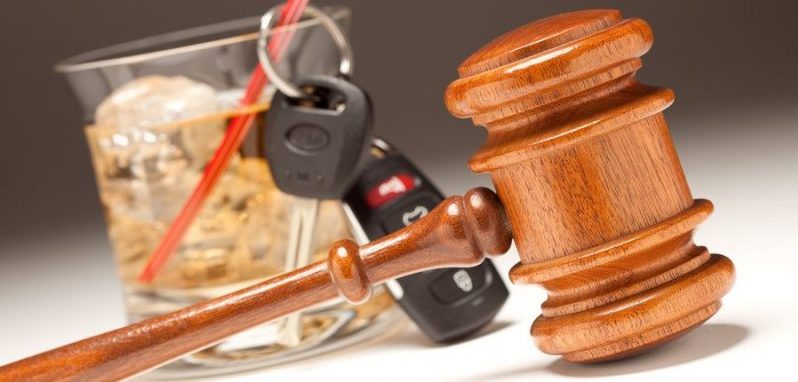Since the early 1990s, state legislators have passed strict anti-DUI laws, while at the same time, courts and law enforcement agencies have developed aggressive anti-DUI procedures. Yet despite this crackdown, alcohol is still a factor in about a third of the fatal car crashes in New York.
Victims in these cases are usually entitled to significant compensation, as outlined below. Moreover, because of the applicable vicarious liability theories, it is possible to hold alcohol providers responsible for their misconduct, thus helping to prevent future incidents.
Circumstantial Evidence
Alcohol is a depressant that slows reaction time and motor skills. Alcohol also causes euphoria, which impairs judgment ability. While these characteristics may be desirable at some parties, they also make it unsafe for people to operate heavy machinery, including motor vehicles.
Since alcohol impairment starts with the first drink, evidence of consumption is usually tantamount to evidence of impairment. This evidence includes:
- Erratic driving,
- Bloodshot eyes,
- Slurred speech,
- Unsteady balance, and
- Previous port of call (e. did the driver just come from a place that served alcohol).
Individually, these items do not necessarily indicate alcohol consumption; for example, allergies, fatigue, smoking, and other non-alcohol stimuli can cause bloodshot eyes. But if examined as a whole, and especially since there is a low standard of proof in civil court, a jury can conclude that the tortfeasor (negligent driver) was alcohol-impaired based on this circumstantial evidence.
Shortcut to Damages
If the tortfeasor was arrested for DUI, the victim/plaintiff need not rely on circumstantial evidence, because of the negligence per se (negligence “as such”) doctrine. In a nutshell, the tortfeasor is liable for damages as a matter of law if:
- The tortfeasor broke a safety law, and
- This violation substantially caused the car crash.
Furthermore, the tortfeasor need not be convicted of DUI for the negligence per se rule to apply, because in civil court, the jury decides all the facts, including this one.
Going a step further, if the tortfeasor had a very high BAC or a history of drunk driving convictions, the negligence per se rule basically raises a presumption in favor of additional punitive damages, a concept that’s outlined below.
Third Party Liability
In an era when California and other states are scaling back vicarious liability statutes, New York still has one of the broadest dram shop laws in the country. The law applies to both commercial and noncommercial alcohol providers who furnish alcohol to:
- A person who is “actually or apparently” under 21, or
- A person over 21 who was “visibly intoxicated” at the time of the transaction.
The furnished alcohol must cause or contribute to the crash, so if Terry Tortfeasor starts drinking at a bar, continues drinking at a friend’s house, and collides with Victor Victim on the way home, the bar may still be liable for damages.
New York is a modified joint and several liability state, so if there is more than one responsible party, the judge usually apportions damages among them based on their proportion of fault as determined by the jury.
Damages Available
In non-serious crash cases that only involve property damage, most victims may file claims with their own insurance companies to recover money for economic losses.
However, if the victim sustained a serious injury, the victim is also entitled to noneconomic damages. Article 51 of the New York Insurance Law defines a serious injury as:
- Death,
- Dismemberment,
- Significant scarring,
- Fracture, or
- Any injury that significantly impairs function for 90 of the 180 days following the accident.
Noneconomic damages include compensation for emotional distress, pain and suffering, and other intangible losses.
Additional punitive damages are designed to punish the tortfeasor and deter future wrongdoing. The plaintiff must present clear and convincing evidence to obtain this money.
Talk to a lawyer today about any alcohol-related crash, because the sooner an attorney gets involved, the stronger your claim for damages will be.
